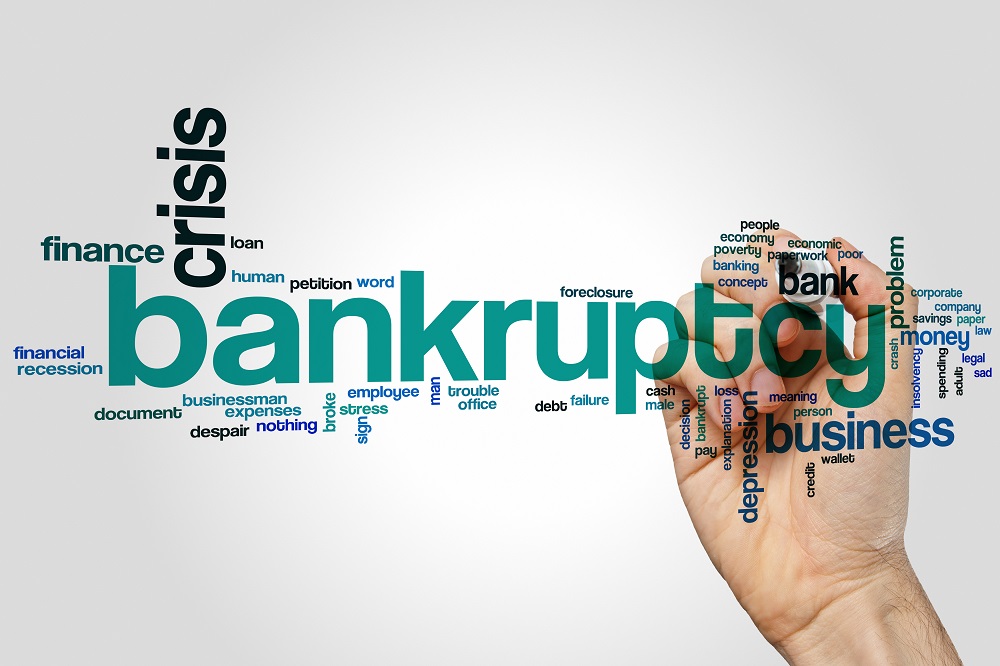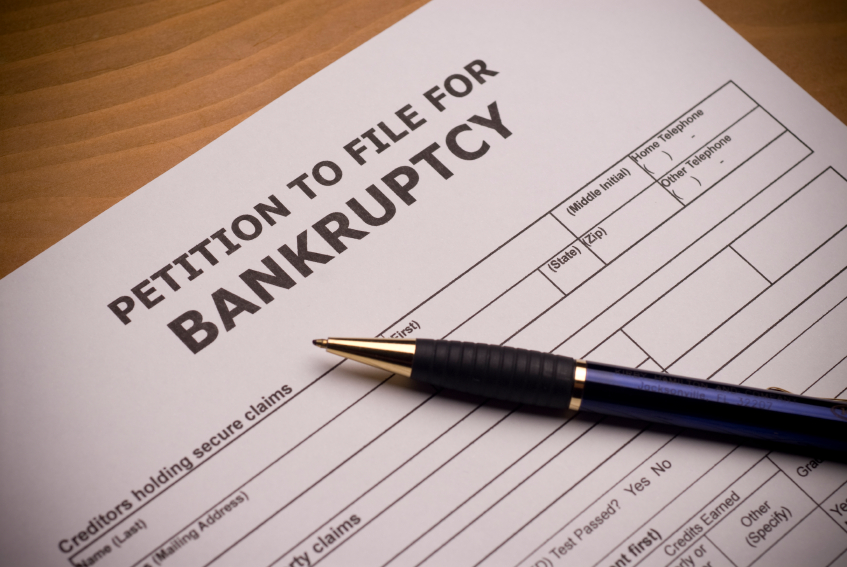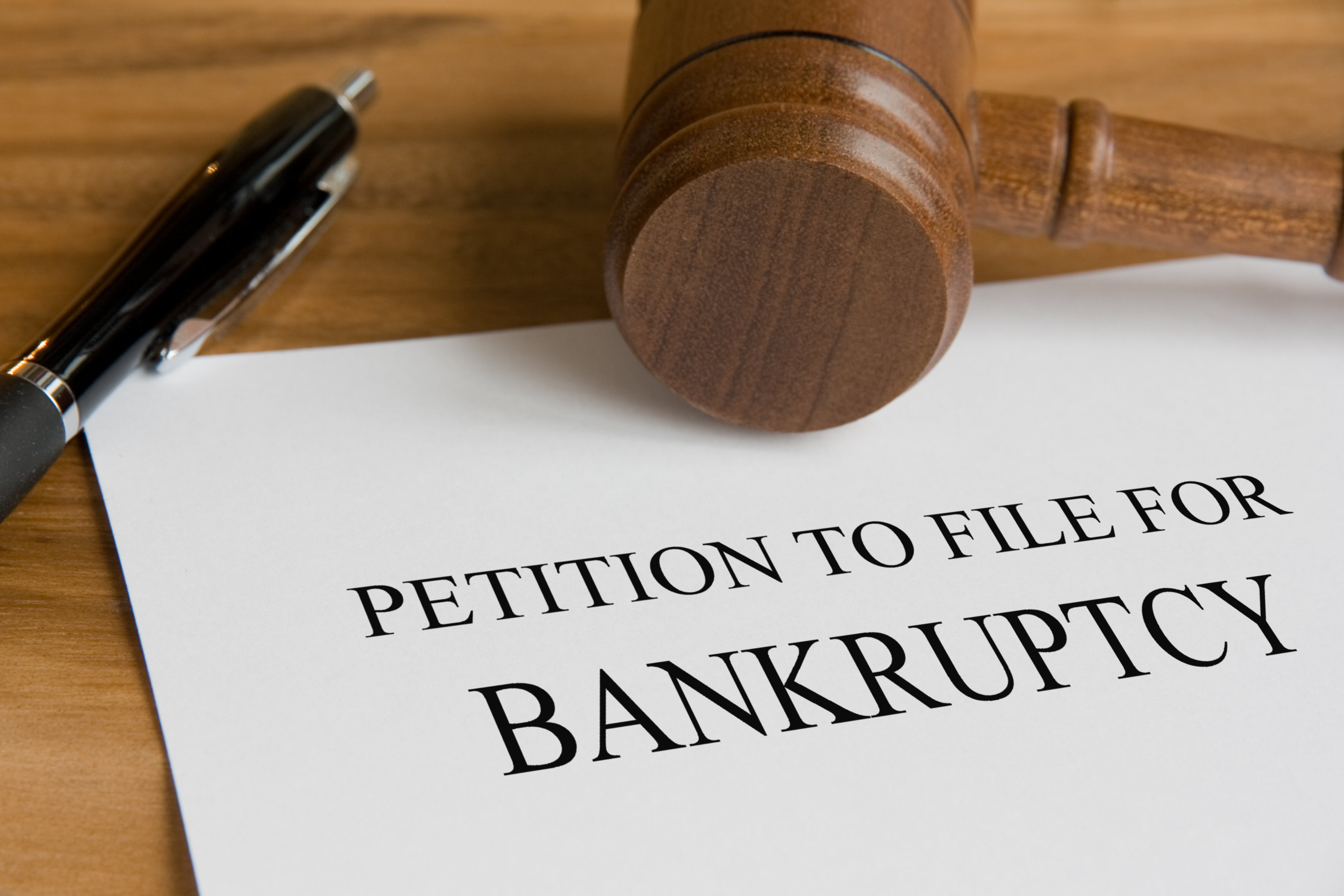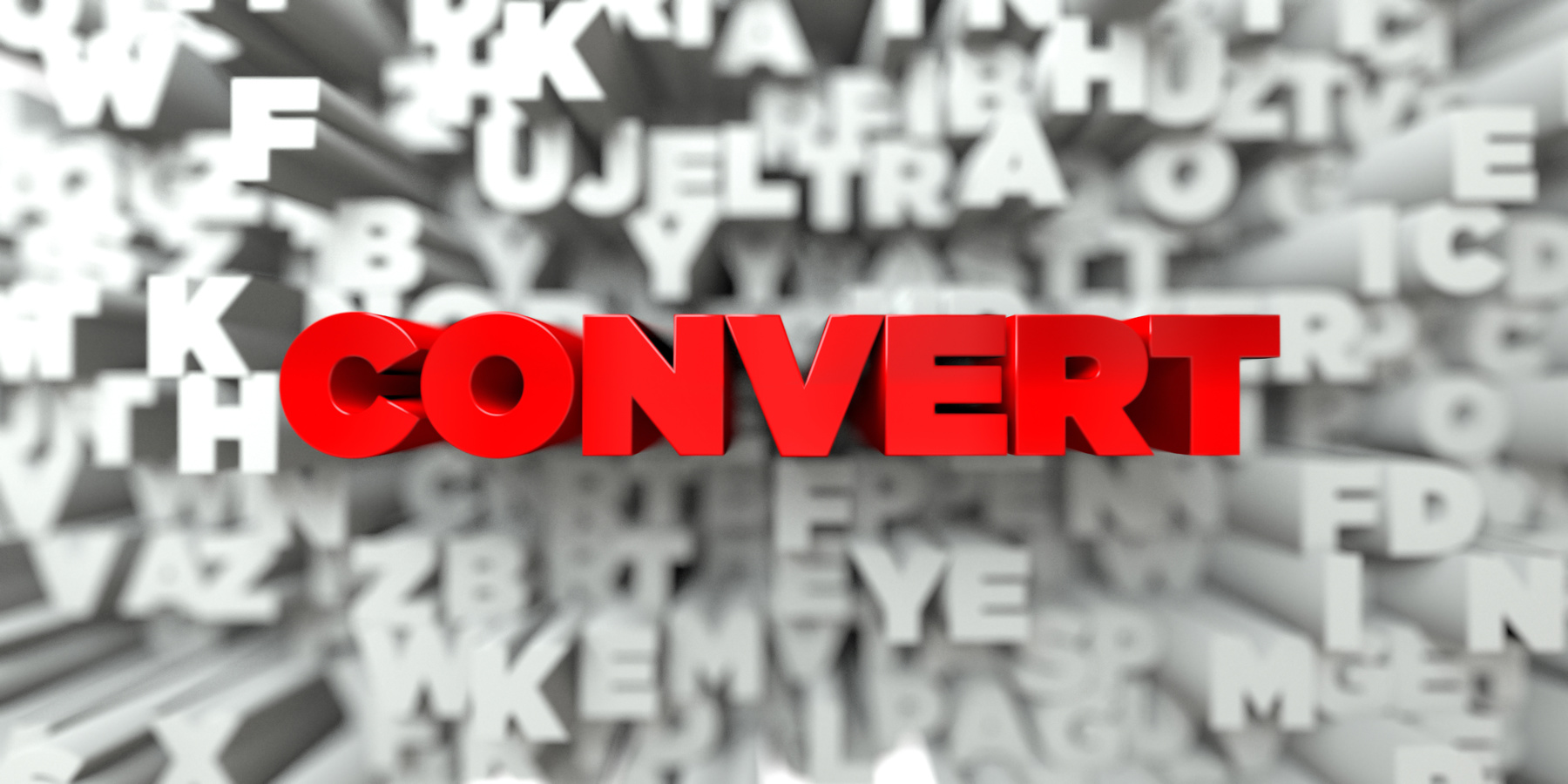Getting To The Bottom Of Chapter 7 Versus Chapter 13

If you are considering bankruptcy and are just starting your research, you may be confused by two terms that are undoubtedly coming up often in your search for answers – Chapter 7 Bankruptcy and Chapter 13 Bankruptcy.
These are the most common types of bankruptcy so we wanted to take some time and give you a brief overview of each to get you started.
Chapter 7 Bankruptcy
Chapter 7 is the most common form of bankruptcy and is usually the quickest type available for individuals, married couples, corporations, and partnerships. The process is meant to alleviate your debt obligations while allowing you the chance to recover and is especially helpful for people who lack a regular income.
A Chapter 7 bankruptcy is started by filing an official petition which includes a statement of all of your financial affairs. You will need to list all of your assets and debts. This can get tricky because you need to include ALL of your creditors with their information included.
You will also list all of your property, even property you choose to exempt. Exemptions are allowed because the courts recognize that it is not beneficial for someone to lose everything. Commonly exempt items include a home, vehicles, pensions, and personal belongings.
(Note: Those with a good bit of personal property, land, or a high income may not be able to exempt all of their property. Some of it may be sold to pay off creditors.)
Most people get to keep their property as part of a Chapter 7 bankruptcy filing. Filing for bankruptcy is meant to help you get your life back on track, not hurt you.
Chapter 13 Bankruptcy
This is a route for those who have a regular income to pay back at least a portion of their overwhelming debt. It is available only to individuals, not businesses.
The debt requirements for Chapter 13 are:
- Unsecured debts less than $394,725
- Secured debts less than $1,184,200
Filing for Chapter 13 can also help you keep your property, something we know is valuable for recovery. When you file, you get a chance to outline a payment plan based on a negotiated settlement with your creditors. The good news – the amount that is paid back is usually only a fraction of the total original debt.
Payment plans usually last for three to five years, giving you time to get everything back under control.
There are some debts that are not dischargeable under Chapter 7, but under Chapter 13 you get a period of time to pay them off. These include alimony and child support. You can also get a chance to catch up on vehicle and house payments.
When you file for Chapter 13, all of your debts areconsolidated after a negotiated settlement with the creditors. Instead ofhaving to pay each individual creditor, you pay a trustee monthly for the lifeof the payment plan. That trustee then distributes payment to the creditors. Click here for an overview of Chapter 13 bankruptcy.
Bankruptcy Is A Step Towards Recovery
We know that many people are hesitant to file for bankruptcy out of fear of looking like a failure. They do not want to be shamed in front of family and friends.
Guess what?
Bankruptcy is more common than you think. Last year, over a million people in the US filed for either Chapter 7 or Chapter 13 bankruptcy.
This is a process that you can take to get your financialand personal life back together. Often, forces out of our control change our financial circumstances. That does not mean that you are ruined for life.



